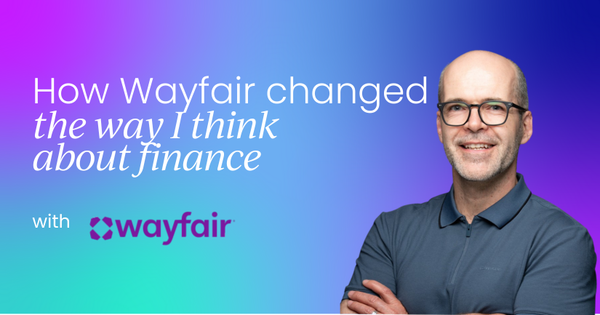Over the course of my career in finance, I’ve learned that the real challenge isn’t just about getting the numbers right, it’s about making them matter to the people around you. That means understanding what drives your stakeholders, how the business actually operates, and how to turn financial insight into something that moves strategy forward.
What follows isn’t a step-by-step guide or a fixed model. It’s a practical framework shaped by experience, one that’s evolved across different companies, industries, and roles. Along the way, I’ve made my share of mistakes, but each one helped refine how I show up in the room, ask better questions, and ultimately, collaborate more effectively.
This is a look at how finance can become a true partner in the business, not by leading with spreadsheets, but by leading with context, clarity, and purpose.
Engaging with stakeholders in finance
One of the most important things I’ve learned in finance (often the hard way) is that numbers alone don’t build trust, alignment, or momentum. What does is context. And by context, I don’t just mean having a general sense of what the company does. I mean really understanding the industry, how it operates, and how the people around me think about the business.
Too often in finance, there’s a tendency to get laser-focused on the data itself. But without connecting that data to what’s actually happening on the ground, whether that’s market trends, internal dynamics, or broader business goals, those numbers can quickly become disconnected and even irrelevant.
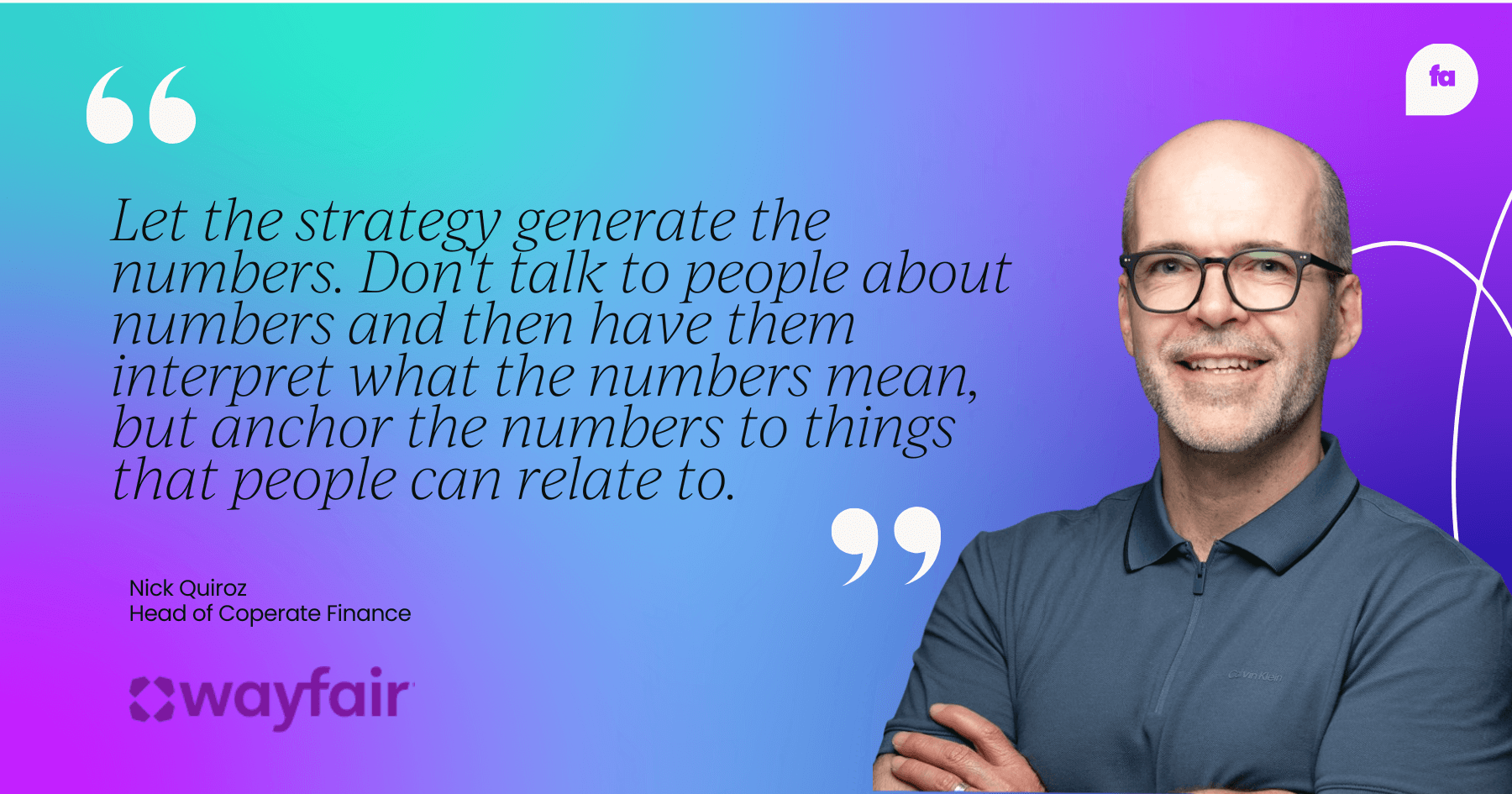
Here's what I focus on when working with stakeholders:
1. Context
So when I work with stakeholders, especially those outside of finance, my first priority is to understand the landscape.
- What’s moving the business?
- What’s keeping this person up at night?
- What are they really trying to achieve?
Once I have that perspective, I can translate financial insights into a language that resonates with them. Not accounting jargon or rows and columns. But something that feels relevant and actionable to their world.
2. Purpose
The second thing I focus on is purpose. Before diving into analysis or offering solutions, I take a beat to ask:
- Why are we having this conversation?
- What problem are we actually trying to solve together?
Without that shared clarity, it’s easy to throw around data points or recommendations that might totally miss the mark.
3. Ownership
Next is ownership. Who is the ultimate owner of the issue we’re addressing? It’s not always the person sitting across the table from me. Sometimes they’re the messenger, sometimes they’re one piece of a bigger puzzle.
Knowing who’s actually driving the decision or setting the agenda changes how I approach the conversation, and helps avoid spinning in circles.
4. Strategic fit
Finally, I always try to zoom out and connect whatever we’re working on to the bigger picture: strategy, execution, company goals. If the initiative isn’t aligned to where the business is going, then it’s either a distraction or it needs to be reframed.
But that alignment doesn’t happen by accident. It comes from being intentional in how I approach problems and the people behind them.
I didn’t figure any of this out on day one. Like most people, I learned through experience and by making mistakes, running into resistance, and gradually realizing what worked and what didn’t.
Over time, these four ideas - context, purpose, ownership, and strategic fit - have become the foundation of how I build relationships and drive outcomes in finance.
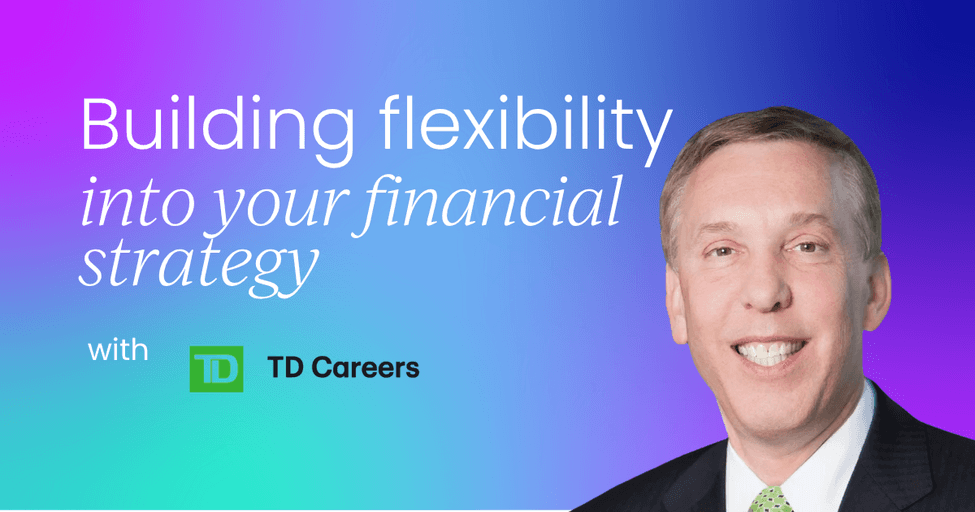
The “empowered finance” model at Siemens
Early in my career at Siemens, I worked in what I’d call an empowered finance model. At the time, Siemens operated with dual leadership at every business unit, each had a CEO and a CFO as equals. Decisions were made jointly, and neither role reported to the other. That structure extended all the way down the organization, meaning even as a finance analyst, you were part of a function that had a clear and independent seat at the table.
There were real benefits to this setup. Most notably, finance had influence by design. You didn’t have to fight to be heard. You were already in the room.
But with that influence came challenges. Over time, I realized that what felt like empowerment could also lead to gridlock. For example:
- A CFO might say no to a new initiative due to short-term cost concerns.
- A CEO might say yes, seeing the long-term strategic upside.
The result?
A standoff that halted momentum entirely.
This tension made it difficult to experiment, iterate, or take calculated risks, especially when finance leaned heavily toward control rather than enablement.
From today’s perspective, I see that model as limiting in ways I couldn’t appreciate back then. Yes, finance was empowered, but sometimes that empowerment became a barrier. I even found myself, in some cases, blocking decisions I now think would’ve been worth testing.
The key takeaway for me: having a seat at the table is only valuable if you’re helping the business move forward. Influence means little if it's disconnected from strategic growth.
Challenges in sponsored finance
After Siemens, I joined a semiconductor manufacturer in Massachusetts. My mandate, backed by a single C-level sponsor, was simple on paper: fix our top-line forecast and win back credibility in the highly scrutinized automotive market.
What unfolded taught me a few lasting lessons about sponsorship, collaboration, and blind spots.
What worked
- Clear air cover. With an executive champion, I could move fast and built a small commercial-finance team, centralised 45 disparate marketing forecasts, and pushed a unit-based planning model that finally tied revenue to real production volumes.
- Tangible impact. Forecast accuracy went up, investors noticed, and for a while the function became a trusted source of truth.
What didn’t
- One sponsor ≠ one stakeholder. While I focused on my champion, I missed early signals from the CFO and COO, who both depended on the same data for P&L and supply-demand planning. My “finance fix” was really an end-to-end demand-planning problem, but I treated it as a silo.
- Confrontation over collaboration. Centralising knowledge meant asking marketers to give up their own methods. Resistance was inevitable, and I met it head-on instead of bringing people into the process. We won the battle, but frayed some relationships.
- Legacy risk. When I left, the team I’d built split in two—demand planning went to Operations, revenue analytics stayed in Finance. The system worked, yet the integrated vision didn’t survive the org chart shuffle.
Takeaways I still use
- Multiple sponsors beat a single champion. Broaden the coalition early - especially when your output touches both the top line and the factory floor.
- Translate your mandate. “Improve the forecast” was really “balance demand, inventory, and cash.” Naming the wider problem would have aligned more people, faster.
- Centralise with empathy. People surrendering local tools need to see how the new approach serves them, not just the balance sheet.
The project proved that good finance can restore trust, but great finance builds systems and relationships that outlast the person who designed them.
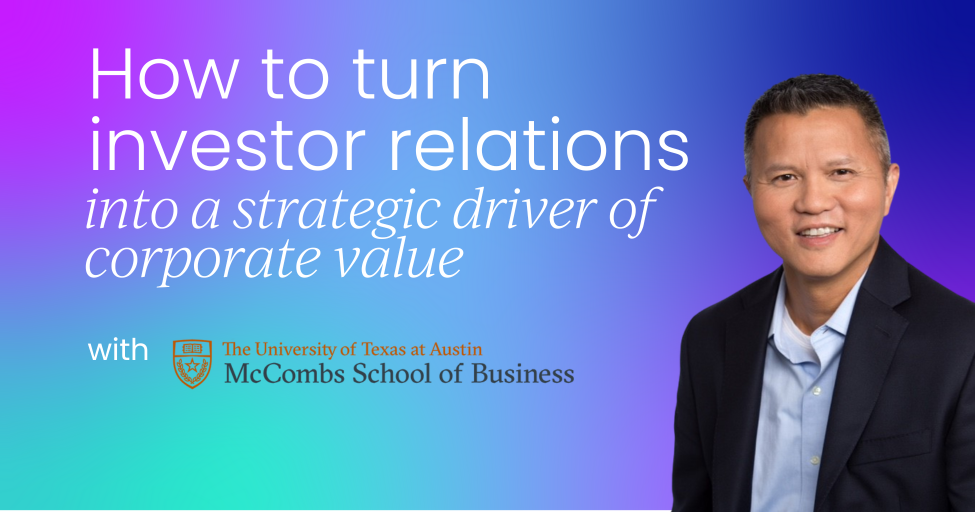
Collaborative finance at Wayfair
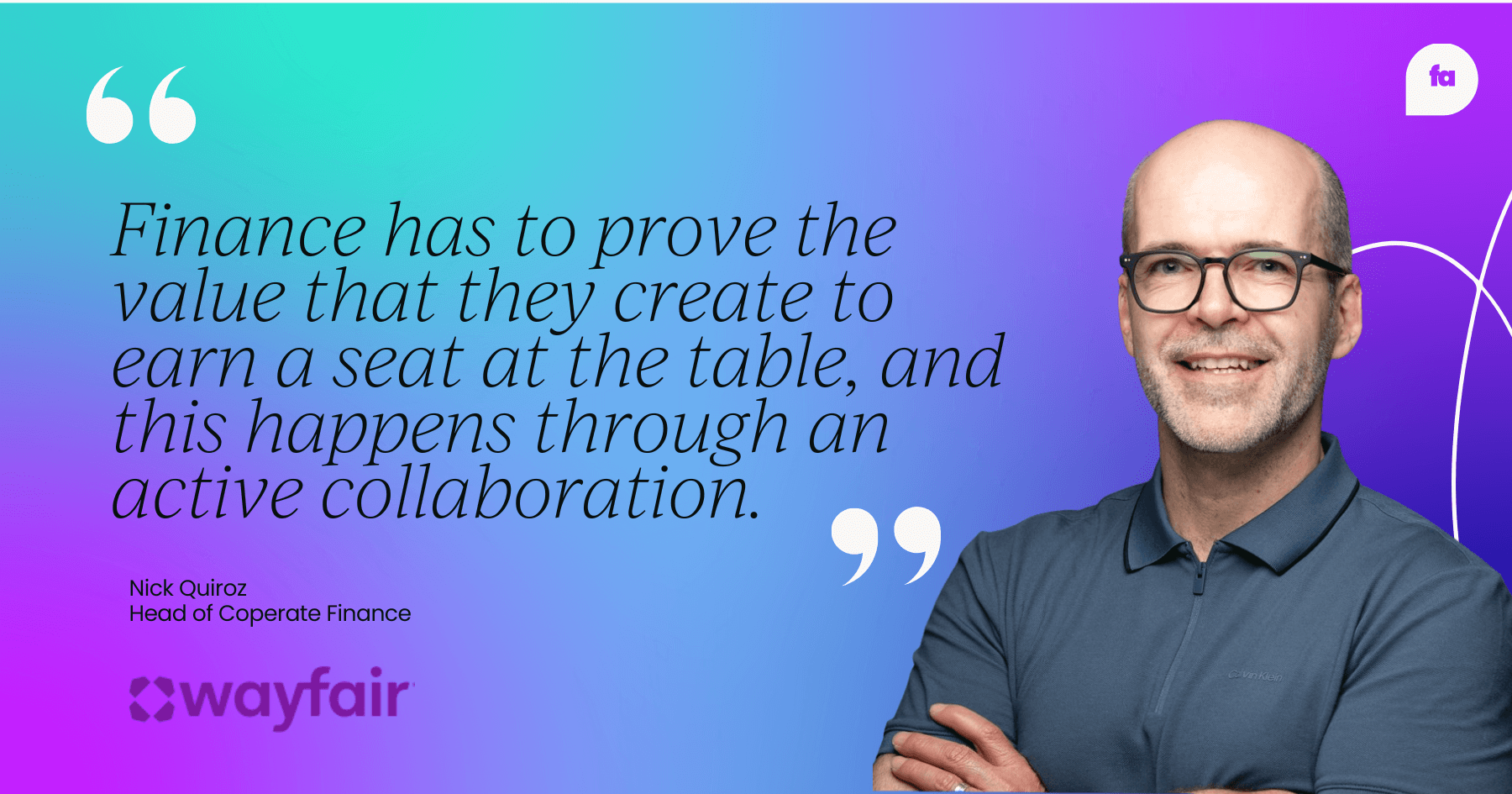
Today, I’m at Wayfair and the environment here has reshaped how I think about finance as a function. I came in with the mindset of “let me show you how finance is done.” But I quickly learned that’s not how things work here.
At Wayfair, finance is a partner, not a referee. Collaboration isn’t a buzzword, it’s baked into how decisions get made.
One of the clearest examples of this came almost immediately after I joined. I was told, “We need to implement budgets.” And my first reaction was: how does a twenty-year-old tech company not already have budgets?
What I discovered is that Wayfair does have budgets, just not in the traditional, top-down finance sense. Here, budgeting is about allocating spend to key decision-makers and trusting them to use that envelope wisely. It’s less about control, more about enablement.
This shift became necessary as economic conditions tightened in 2022, interest rates went up, capital got expensive, and spending needed to be reined in. But instead of imposing rigid limits, we built a structure that supported smart decision-making on:
- Compensation
- Outsourced labor
- Software spend
Each budget owner became responsible for managing their slice of the business, and our role in finance was to guide, inform, and partner with them, not to dictate. It was a clear lesson in collaborative finance: success didn’t come from enforcing rules, but from empowering people with the right tools and context to make the best choices for the company.
Wayfair’s unique business model
Wayfair is, at its core, a tech company. We don’t hold inventory. Instead, we provide the platform where vendors sell their furniture, much like Amazon’s marketplace model. That means our biggest costs aren’t tied up in warehousing or logistics. Outside of marketing, our major expense is people.
That’s why budgeting at Wayfair is centered around headcount, outsourced labor, and software. It’s not about imposing limits, but helping our 45+ budget owners make thoughtful decisions. My role is to support them, explain the “why” behind the structure, and make sure the tools we’ve built actually help the business run better.
The impact has been real. Budgets became essential as we worked through cost reductions and focused on getting back to profitability, which we achieved in 2023, on our own terms, without outside capital.
Collaboration over control
One of the biggest takeaways from my time at Wayfair is this: finance has to prove its value. It doesn’t get a seat at the table just for showing up. That value comes through active collaboration, not control.
There’s a common misconception, especially from past experiences people have had, that finance “owns the money.” I hear it sometimes - people assume I’m the one holding the purse strings. But that’s not how it works.
That philosophy even extends to things like travel. We work in-office four days a week, but with teams spread across global locations, we’ve prioritized travel as a tool for collaboration. We use a platform called Trevo to enable that, and deliberately chose not to put hard budget caps on it.
Why? Because limiting travel would actually limit the kind of teamwork we’re trying to encourage. And so far, people have used it responsibly, which is another example of trust leading to better outcomes.
Finance isn’t here to say no. It’s here to help teams focus on what matters, and to create the space where collaboration can actually thrive.
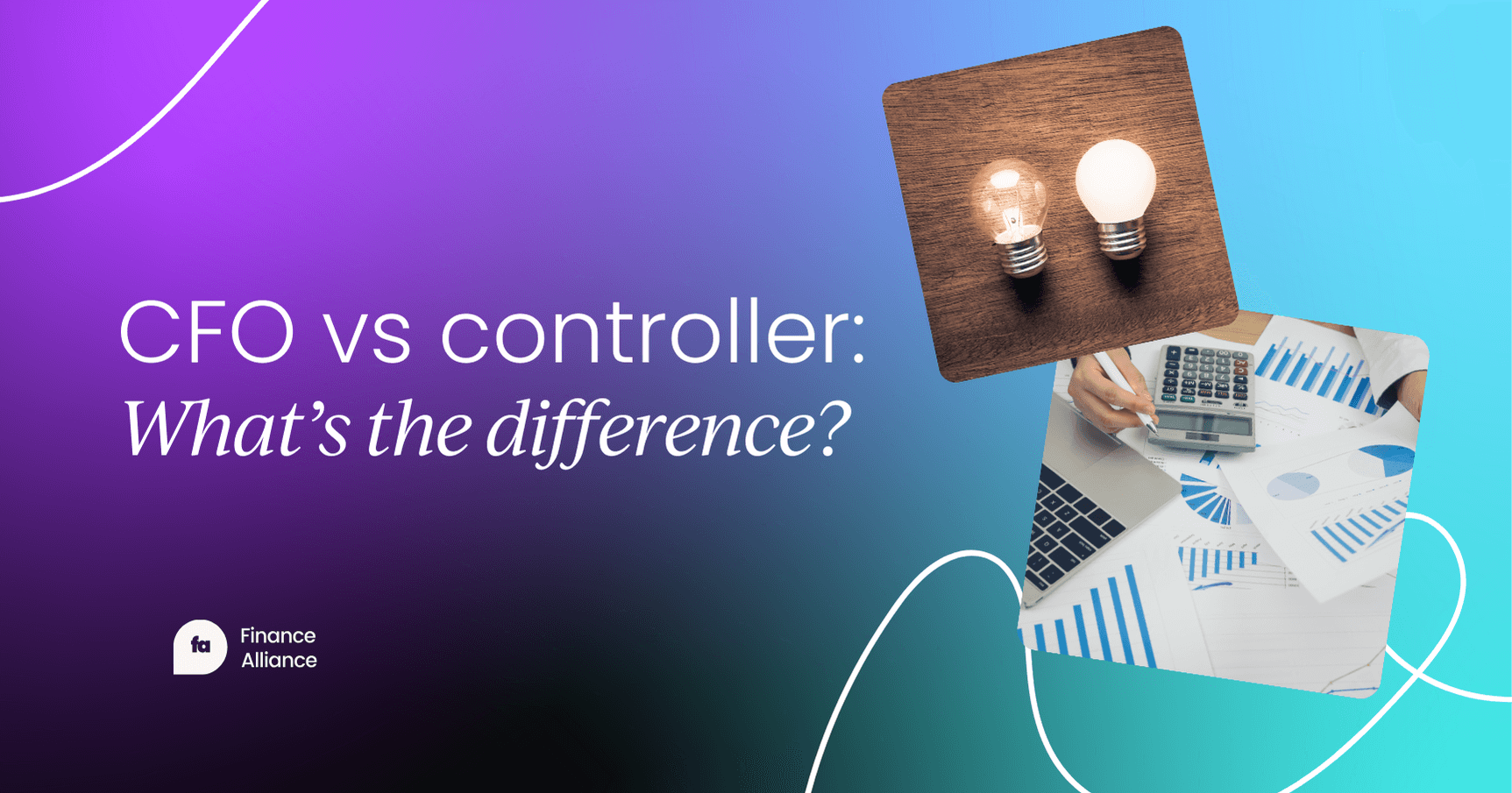
Stakeholder alignment and strategic focus
At Wayfair, budgeting is a collaborative process, and it only works when I understand what truly drives the people I’m working with. That means being tuned into the industry on both a macro and micro level. What’s happening in the broader economy? How might it affect consumer behavior? And just as importantly, how are individual teams thinking about their challenges and goals?
When I assign a budget, I’m not just handing over a number. I’m starting a conversation. Often, that leads to creative problem solving - shifting unused headcount budget to fund a software investment, for example, or reallocating spend to unlock more efficiency. The ownership doesn’t sit with finance. It sits with the budget owners themselves. My role is to support them in using their resources wisely.
The objective is clear: profitability. That’s been our north star since 2023, and we’ve stayed focused on delivering it quarter after quarter. But profitability doesn’t happen in a vacuum, it happens when strategy drives decisions, and when finance helps translate that strategy into meaningful, actionable plans.
If there’s one principle that ties all of this together, it’s this: know your industry, and let the strategy generate the numbers. Don’t throw metrics at people and expect them to connect the dots. Anchor the conversation in what matters to them - what they’re trying to achieve - and make the numbers work in service of that.
That’s how finance becomes a partner. Not by owning the outcome, but by enabling it.
Creating value through collaboration
At the end of the day, value creation is what it’s all about. That’s true across every role I’ve had, but especially now at Wayfair. And for me, value isn’t just measured in numbers. It also shows up in how we work together.
I’ve learned that collaboration (not confrontation) is where the real progress happens. The most effective finance work I’ve been a part of wasn’t about control or authority. It was about aligning with others, sharing accountability, and making room for smarter, better decisions.
And honestly, that’s where the fun is too. I genuinely enjoy what I do, and a big part of that is working with people who trust each other enough to solve problems together. Finance doesn’t need to be a blocker. It can be an enabler. But only if we show up that way.
Looking back, even to earlier experiences like Siemens’ dual-leadership model, I’ve seen what happens when decision-making gets stuck. It reinforced something that’s stayed with me: alignment matters. If finance and leadership aren’t moving together, nothing moves at all.
So whatever framework you follow, whatever company you’re in, the real goal is simple: know your business, work with your people, and let the strategy guide the numbers, not the other way around.
Lessons from dual leadership
Siemens eventually moved away from the dual leadership structure, and for good reason. For those who remember, the 2008 corruption scandal had roots in that system, where finance leaders operated too independently and without enough oversight. I won’t go into the full details here, but it’s well-documented, and the company ultimately shifted to a more traditional model: one CEO, one CFO, with clear lines of reporting.
From my vantage point at the time, the dual structure felt empowering. But looking back, it had its limits. One big drawback was the rigidity it created. For example, at Wayfair today, we can experiment - reallocate some marketing spend to test a new initiative, pivot quickly, and learn from it.
In the Siemens model, that level of agility would’ve been difficult, if not impossible, due to the need for full alignment between two leaders who didn’t report to each other.
What felt like empowerment then, I now see as something more restrictive.
Aligning with business partners
When it comes to aligning with stakeholders, especially when there’s disagreement around cost optimization, the best tool I have is data.
A good example is software renewals. At Wayfair, we review every renewal through a very specific lens:
- How many licenses are we paying for?
- How much are we actually using?
- Has headcount changed since the last cycle?
When usage drops, the data gives us a clear story to take to the owner of that software. It’s not about saying “cut this” arbitrarily, it’s about showing them the numbers and empowering them to renegotiate with vendors based on real need.
This approach shifts the conversation from resistance to partnership. The numbers help clarify the opportunity, but the real goal is shared accountability in finding a smarter, more efficient path forward.
Want more insights like this?
Join our free Insider membership and go deeper with the tools, templates, and real-world lessons shaping today’s most forward-thinking finance teams.
Here’s what you’ll get as an Insider:
📑 Ready-to-use templates to save time and drive impact.
✍️ Exclusive content from top industry voices.
📺 Case studies featuring leaders from Adobe, Salesforce, Virgin Galactic, and more.
📚 Instant access to expert reports - no forms, no friction.
...and more!
Join free today and start applying what the best in the business are already using.



 Follow us on LinkedIn
Follow us on LinkedIn




